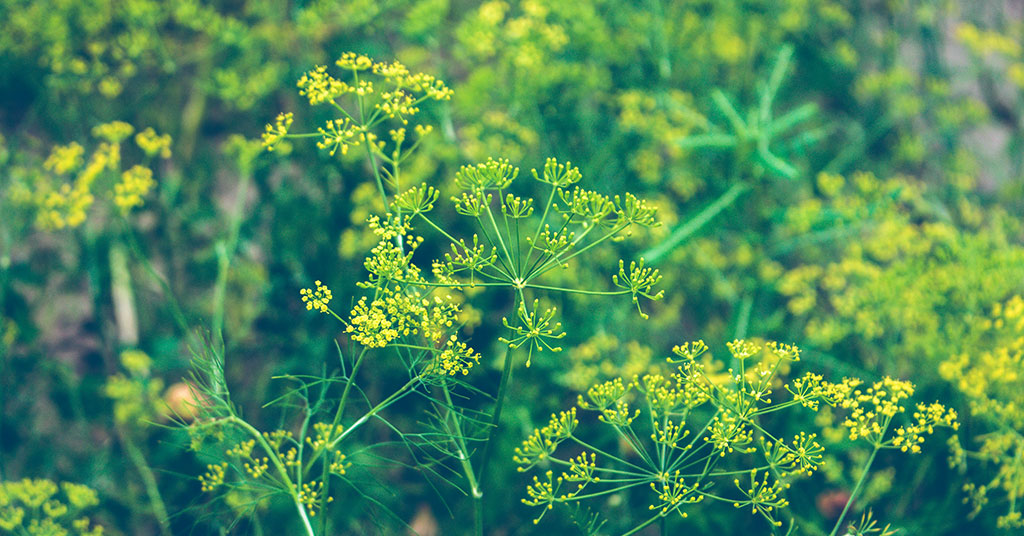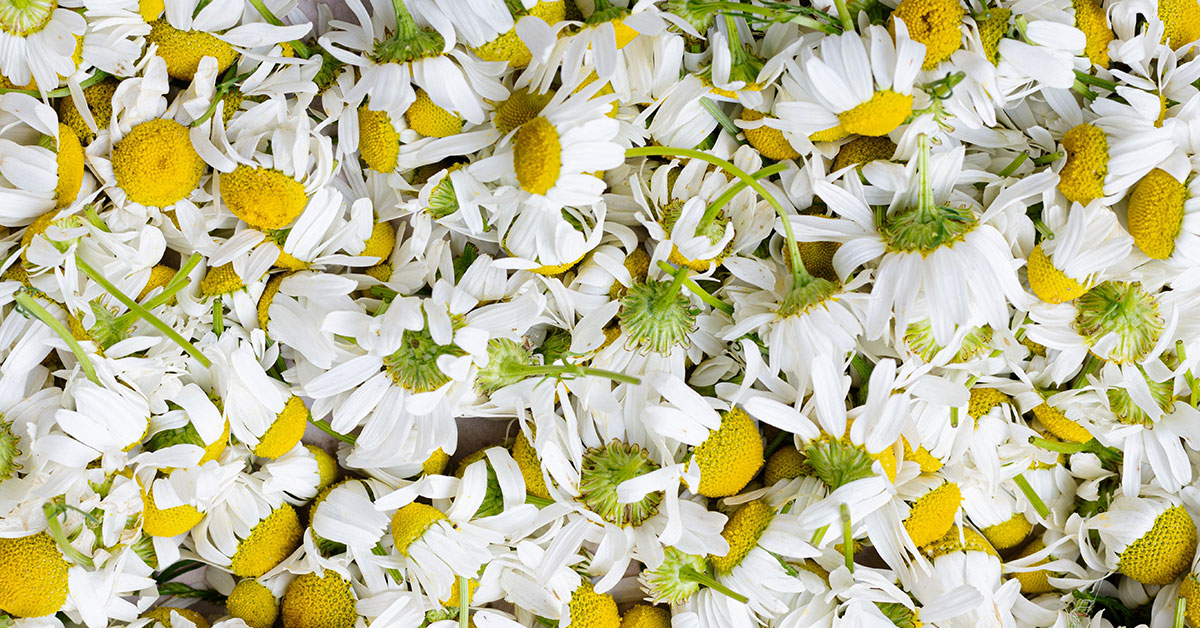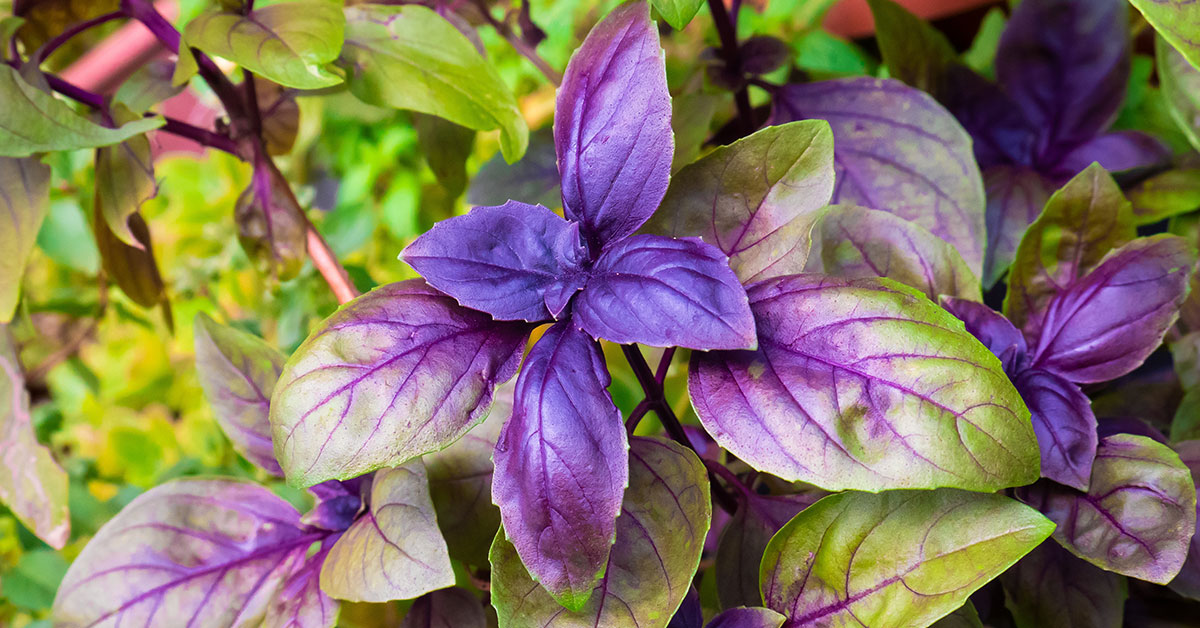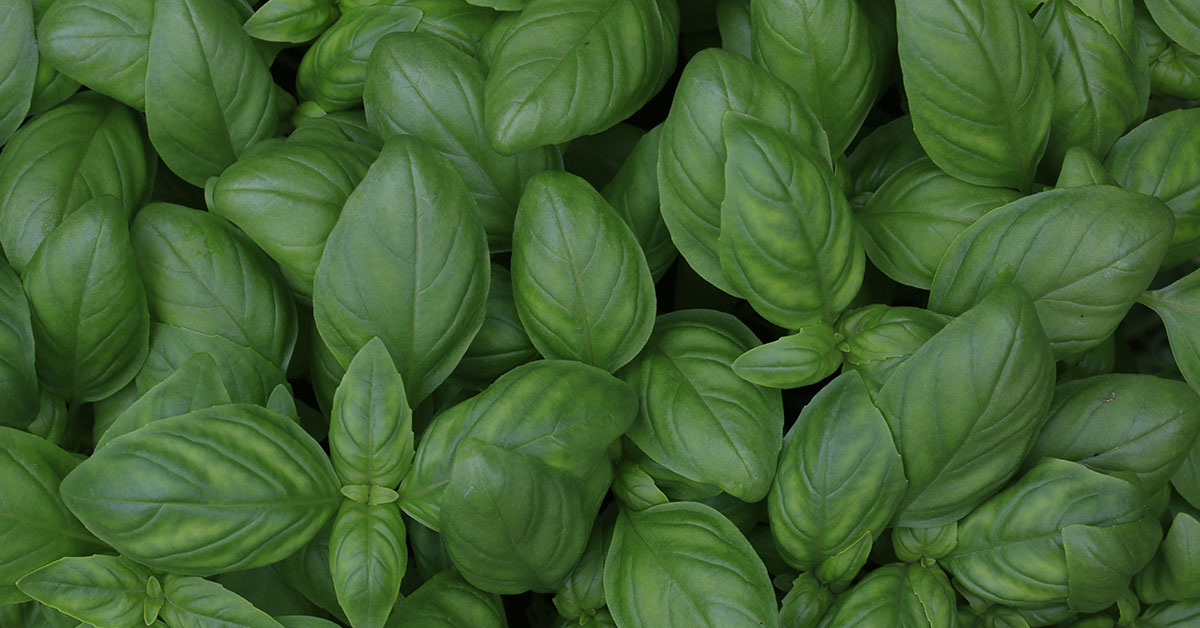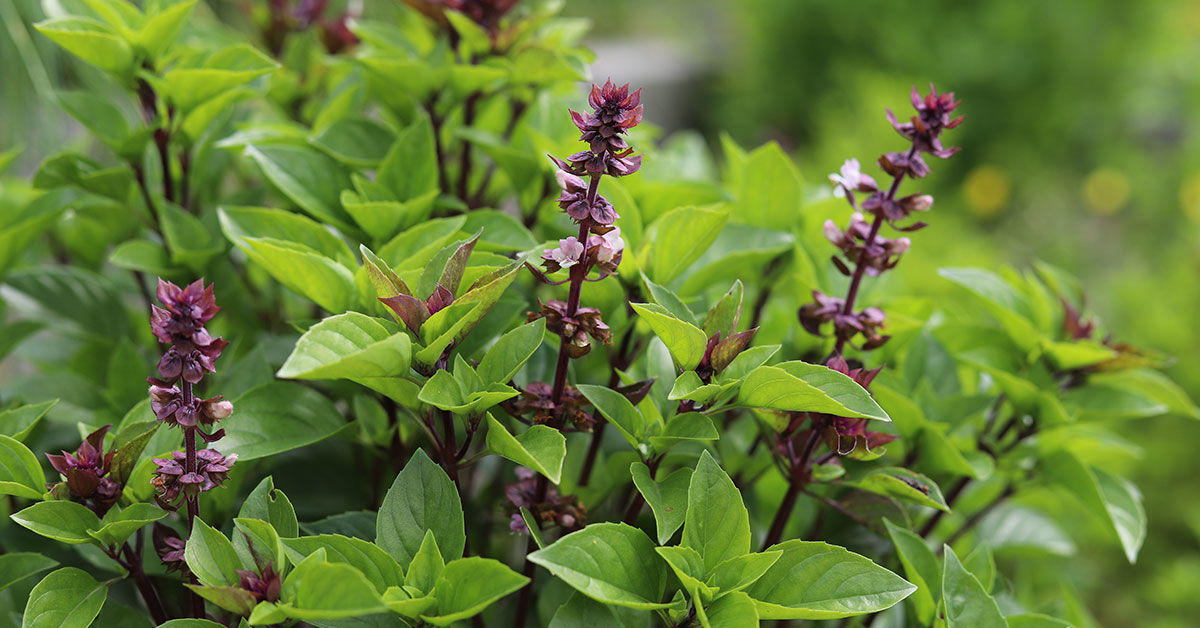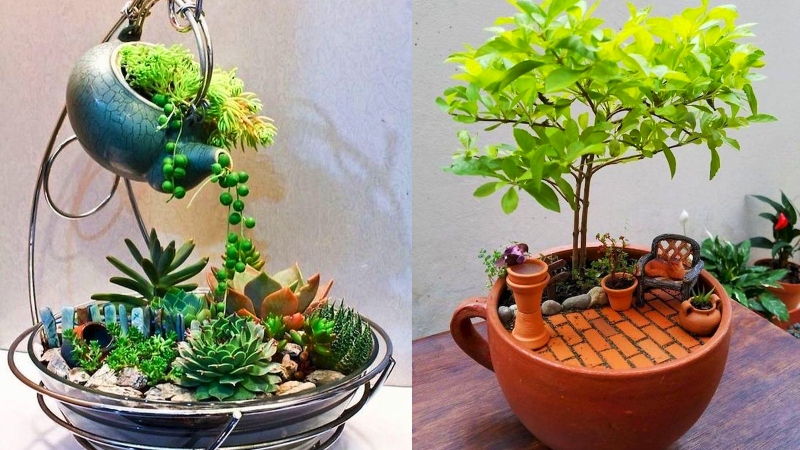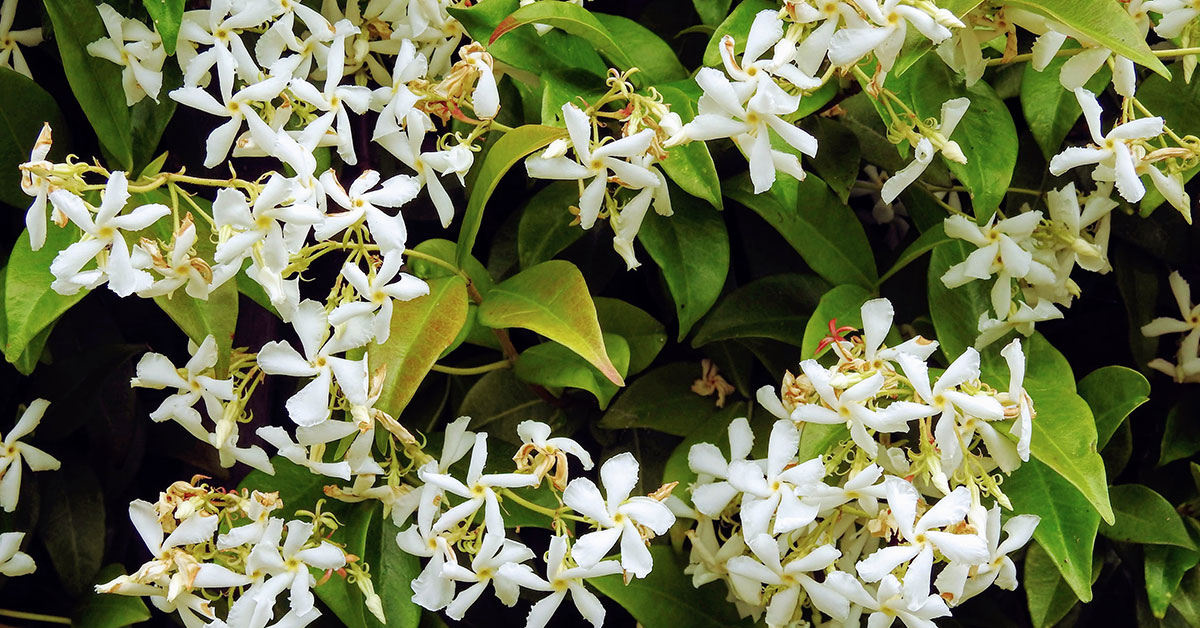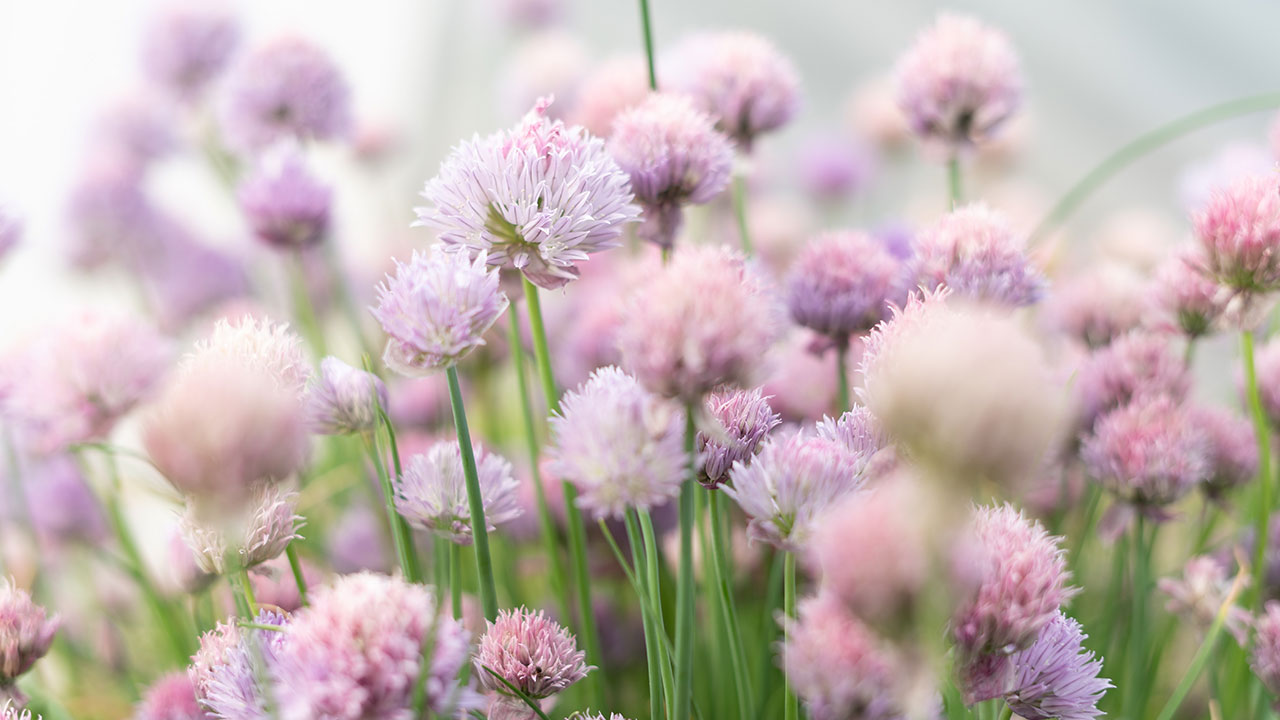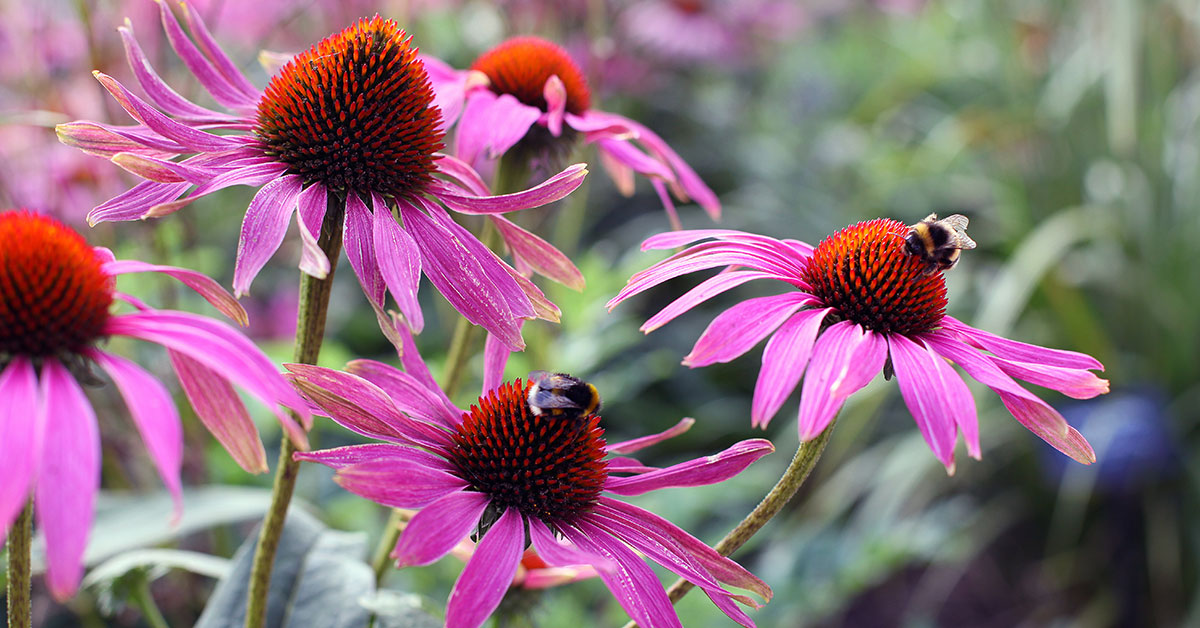Dill is one of my favorite herbs to grow for a number of reasons. It’s aromatic, produces beautiful flowers that the local bees can’t seem to get enough of, and are host to black swallowtail butterfly caterpillars, which are an absolutely beautiful butterfly. In this article, we’ll break down how to grow dill, when to harvest it, and more.
What is dill?
Dill, or dill weed, is an annual herb that grows up to two feet tall, produces firework-like yellow flowers, and is commonly used in pickling. Dill has been cultivated for an extraordinarily long time and can actually be found in the tomb of the Egyptian Pharaoh Amenhotep II.
Dill produces long, hollow stems and dark green frond-like leaves. The leaves and flowers are generally the parts of the plant used in culinary dishes.
Read More: Herb Gardening For Beginners
How to grow dill
I love growing dill because of how easy it is to propagate and how easy it is to harvest the seeds at the end of the season. Growing dill requires next to no gardening skills and is a recommended herb for new gardeners. Remember, there is no such thing as a brown thumb!
- Prepare your planting site by loosening the soil and adding organic compost.
- Dill enjoys well-draining, slightly acidic soil with lots of organic material worked in.
- Dill grows best in full sun.
- Sow dill seeds directly in the ground once the soil temperature reaches 60 degrees Fahrenheit – after the last danger of frost is well past. Dill does not like to be transplanted and does better when sown directly in the soil outside.
- Plant dill seeds a quarter inch deep and 18 inches apart. You can space them closer together but it’s recommended that you thin them out 2 weeks after germination.
- Your dill seedlings will appear after 10-14 days.
- Water your dill plants often. Don’t let them fully dry out!
Can you grow dill in a pot?
Dill can be grown in containers, yes. I’ve had a lot of luck growing dill in half wine barrels. Like carrots and dandelions, dill sends down a tap root, meaning they need a good depth of soil in which to grow. Dill won’t do well in small, short pots. They need lots of deep soil.
Will dill grow indoors?
You might have some luck in growing dill inside, but the plant needs deep soil and full sun, which is rarely something that can be provided easily indoors. If you have a good grow light you can probably grow dill somewhat successfully indoors.
When to harvest dill
Dill is a highly productive plant. It grows quickly and can be harvested within a few weeks. Once the plant has grown four to five leaves, you can begin harvesting the oldest leaves first.
I tend to simply uproot the plants once they’ve grown to about a foot tall and harvest the leaves all at once.
If you want a consistent supply of dill, continue sowing new rows of seeds up until mid summer, usually around July. At this point, I allow my dill plants to fully grow and flower. This allows you to harvest the seeds.
Saving dill seeds
Harvesting dill seeds is simple. Dill plants erupt with yellow, firework-like flowers in the summertime. These flowers are a favorite of pollinators who handle all of the pollinating for you. When the flowers die, you will see seeds begin to form.
Once the seeds begin to darken and turn a darker green/brown color, I harvest the entire flower from the stalk itself and allow to dry in a cool, calm place indoors.
Once dried, the seeds can be snipped from each individual flower stalk and stored in a dry, sterilized container. These seeds will remain viable until your next growing season. There’s no need to buy dill seeds once you’ve grown them in your garden!
Pro gardener tip: pick an heirloom variety of dill to grow if you intend to harvest seeds. Heirloom seeds are known to store well and have stood the test of time, being grown generation after generation. To learn more about heirloom seeds, check out our article: What Are Heirloom Seeds?
Uses for dill
Dill has numerous uses.
- Dill can be chewed to freshen breath
- Dill is used for making dill pickles and is used in a number of other recipes
- Dill is a vital food source for black swallowtail butterflies. Plant a little extra dill for the butterflies!
Keep Reading:
